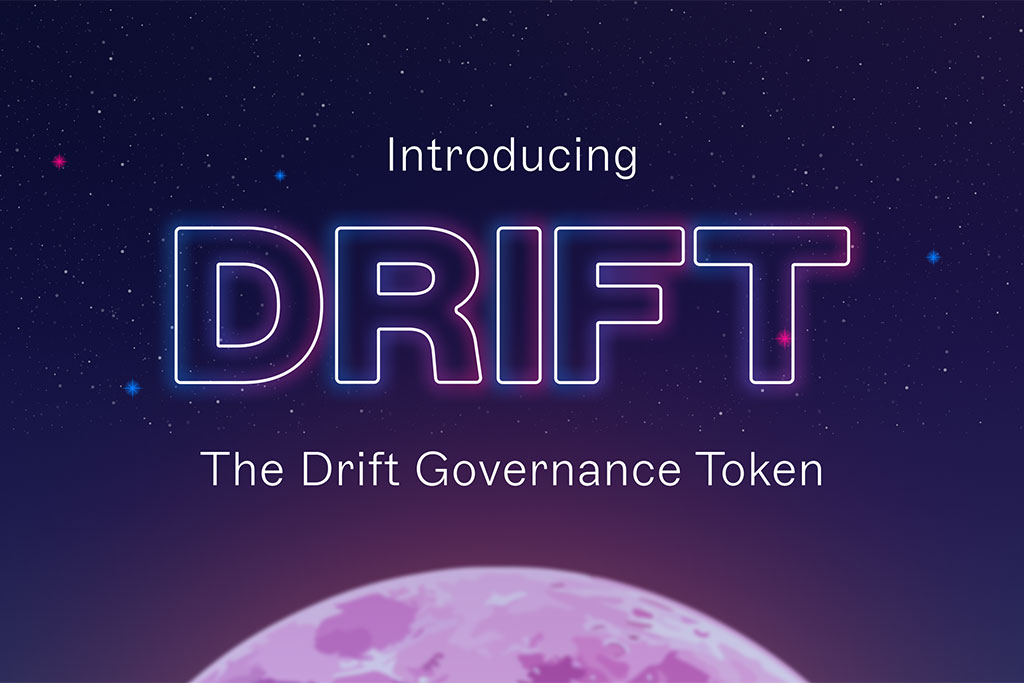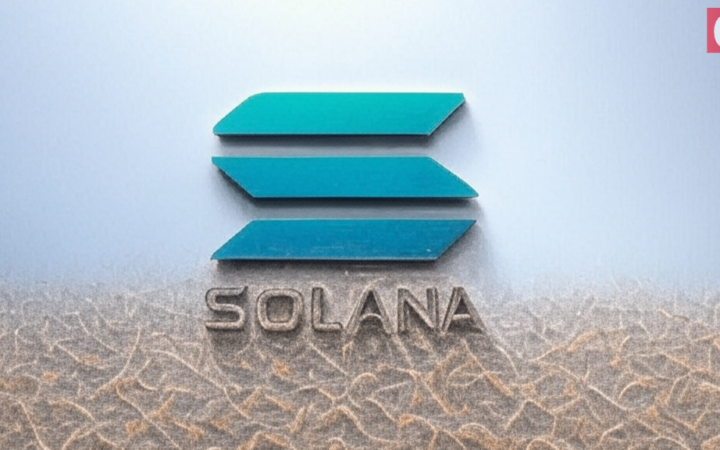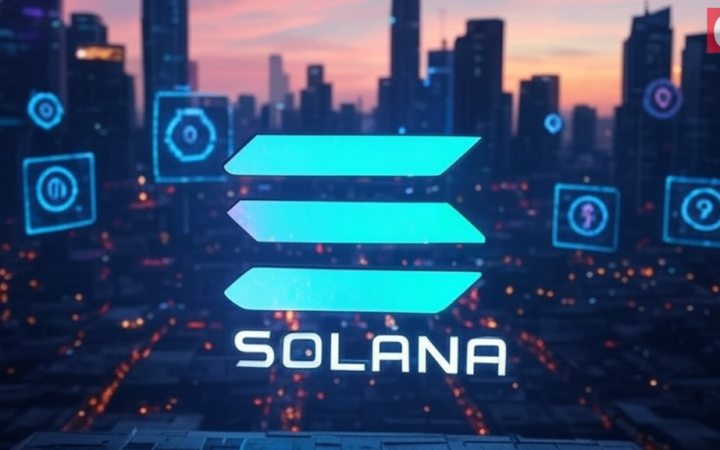
With over 3 years of crypto writing experience, Bena strives to make crypto, blockchain, Web3, and fintech accessible to all. Beyond cryptocurrencies, Bena also enjoys reading books in her spare time.
In its journey towards decentralized governance, control will shift from Drift Labs to a three-part structure.
 Edited by Julia Sakovich
Updated
3 mins read
Edited by Julia Sakovich
Updated
3 mins read

Solana’s decentralized exchange (DEX) Drift adopts a dual strategy of introducing a governance token (DRIFT) and distributing a substantial portion of 100 million tokens through an airdrop to its user base within weeks. This move shows Drift’s dedication to decentralization and acknowledging its engaged community.
The distribution of DRIFT tokens follows a successful three-month initiative encouraging traders, borrowers, and lenders’ platform engagement. Significantly, long-term participants can anticipate a substantial portion of the airdropped tokens, promoting continued involvement.
The DRIFT airdrop allocates 10% of the total token supply to its users, while 22% is allocated to venture capital firms like Polychain Capital and Multicoin. 43% is specified for ecosystem development initiatives, such as trading rewards, liquidity incentives, and potential future airdrops. Additionally, 25% is reserved for protocol development payouts to Drift’s contributors.
Drift aims to be more than just a perpetual trading platform, which is its main offering currently. The Solana-based DeFi hub strives to provide a comprehensive suite of services. Besides spot trading, it offers financial instruments for high-risk, high-reward seekers. A recent feature lets users bet on unlaunched tokens (excluding DRIFT itself due to legal considerations).
“Our goal was never to just be a perps DEX,” stated Cindy Leow, a core contributor at Drift Labs, the company behind the protocol. This vision is evident in the significant resources (over two years, tens of millions of dollars, and a 25-person team) dedicated to building a comprehensive DeFi ecosystem.
“One idea for us is looking at how Solana has decentralized over time. […] We want to invest in teams that are building frontends on their own,” said Leow.
The recent crypto market downturn posed challenges for decentralized finance (DeFi) protocols across the board, but Drift’s insurance fund, a high-interest USDC vault meant to protect against bad debt, experienced modest losses of $11,600. However, this fulfilled its intended purpose, showing the protocol’s robustness amid volatile market conditions.
In its journey towards decentralized governance, control will shift from Drift Labs to a three-part structure. Initially, an internal security council will possess ultimate decision-making power regarding protocol upgrades. However, their actions will require approval from the “Realms DAO,” where DRIFT token holders can exercise their voting rights.
Ultimately, Futarchy DAO introduces an innovative governance layer inspired by MetaDAO, enabling traders to strategically influence decisions by bidding on DRIFT token prices under specific market scenarios. This new approach introduces a straightforward yet impactful mechanism for governance.
Disclaimer: Coinspeaker is committed to providing unbiased and transparent reporting. This article aims to deliver accurate and timely information but should not be taken as financial or investment advice. Since market conditions can change rapidly, we encourage you to verify information on your own and consult with a professional before making any decisions based on this content.

With over 3 years of crypto writing experience, Bena strives to make crypto, blockchain, Web3, and fintech accessible to all. Beyond cryptocurrencies, Bena also enjoys reading books in her spare time.





